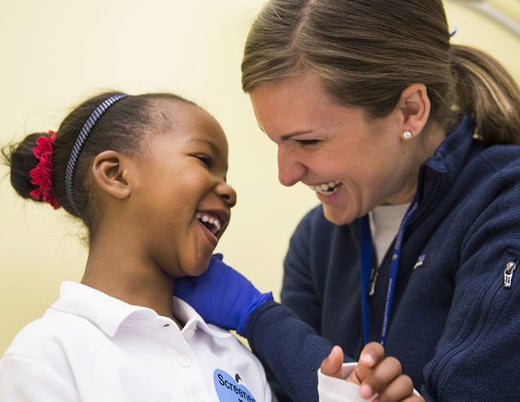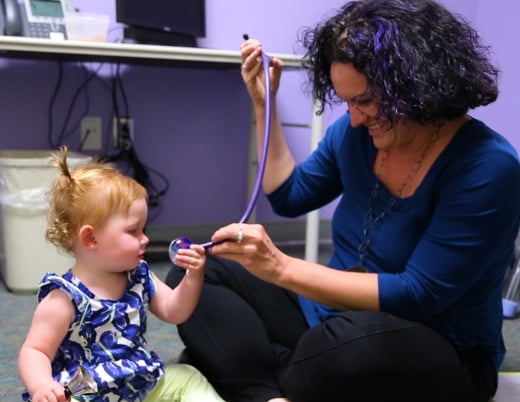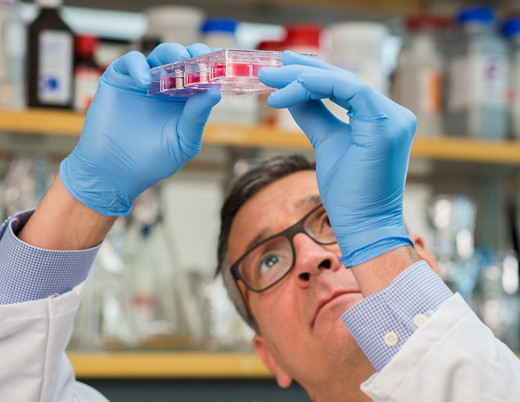Can collaboration propel treatment options for central nervous system tumors to new heights?
Neuro-oncologists Jean Mulcahy Levy, MD, Sujatha Venkataraman, PhD, and Nathan Dahl, MD, are part of a team of researchers and clinicians united under one goal: the determined pursuit of new solutions to some of the most devastating pediatric cancers out there. Each is independently working on a variety of new therapies that stretch beyond traditional treatments like chemotherapy and radiation. But their real strength comes in the power of their collaboration.
Approaching severe cancer diagnoses from creative angles
Together, the researchers on the Children’s Hospital Colorado neuro-oncology team, known as the Morgan Adams Foundation Pediatric Tumor Research Program, are working to combat some of the scariest diagnoses a family can receive and approaching them from a variety of angles to improve not only survival, but quality of life.
One such diagnosis is diffuse intrinsic pontine glioma, or DIPG. This high-grade glioma, typically nestled within a region of the brainstem known as the pons, is 100% fatal within five years; most patients don’t live longer than 11 months after diagnosis. Currently, the only treatment physicians pursue for DIPG is radiation, and even that is just a palliative measure.
Another tumor, atypical teratoid rhabdoid tumor, or ATRT, is a rare, aggressive tumor that is most often seen in the cerebellum. Most kids with ATRT are diagnosed before they reach their third birthday, and the disease has only a 30% survival rate.
The typical solutions to problems like these, chemotherapy and radiation, either aren’t working, or aren’t working well enough, pushing researchers toward creative solutions. That creativity thrives with collaboration and has driven a team-oriented approach at Children’s Colorado.
“One of the main reasons that I chose to come here, to stay here and set up my lab here is that the environment of collaboration amplifies what I am able to do. There are plenty of places where each researcher kind of lives in a silo to themselves. We share data, we share ideas, we share models, we talk,” Dr. Dahl says. “All of us are able to do much more and do things much better with stronger conclusions and stronger results because we rely on each other.”
These cancers are catastrophic to children and families, and right now, there’s little hope available. By working in concert with each other, this trio of neuro-oncologists are making new strides that could forever alter pediatric cancer treatment and save lives.
Targeted approaches to childhood cancer care
Dr. Mulcahy Levy’s work focuses on two distinct areas. The first examines the relationship between BRAF mutations and autophagy in treating low- and high-grade glioma. In a fraction of patients that are diagnosed with glioma, the BRAF gene, which regulates cell growth, functions incorrectly. Currently, drugs exist that can treat this mutation, but a high percentage of patients either don’t respond to the drug or develop resistance.
Dr. Mulcahy Levy’s latest study aimed to understand why and test a new treatment plan with the goal of stemming this resistance. Instead of treating patients with the BRAF mutation drug alone, her study added an autophagy inhibitor to the mix. That drug, which blocks the body’s cell recycling process, seemed to not only stave off and reverse resistance, but also boost the BRAF-targeted drug.
“High-grade glioma patients have really dismal survival outcomes, so the work is to really extend the life of those patients. But even in our low-grade glioma patients who don't have quite as much risk of death, they have an incredibly high risk of long-term complications and side effects from treatment,” Dr. Mulcahy Levy explains. “Using this combination therapy as a way to get these tumor cells to die so that they don't have to undergo multiple rounds of different kinds of treatment, can save them late effects, short-term side effects and the requirement of being in treatment for eight years or more of their life.”
A clinical trial based on Dr. Mulcahy Levy’s work is ongoing through the Pediatric Brain Tumor Consortium and was the first collaborative autophagy inhibition trial in pediatrics. She continues to collaborate with experts across the country, drawing on expertise and samples from New York University, Johns Hopkins University and University of California, San Francisco, among others.
Dr. Mulcahy Levy’s work extends to ATRT as well. Her team is currently using CRISPR gene editing technology to screen these tumors for potential druggable targets. This work identified a gene known as CDK7 as a promising pathway for further study. She’s working with Dr. Dahl, who is employing similar techniques to study DIPG tumors, to push this work forward.
New hope with a protein-coding gene
Instead of using CRISPR, Dr. Dahl’s research employed an shRNA screen, which he describes as an unbiased method for probing hundreds of genes simultaneously in the hopes of finding a new way to kill DIPG tumors. That hunt led his team to CDK9, a protein-coding gene that regulates transcription.
“DIPGs are defined by a particular mutation called H3K27M. It is a mutation to a histone, and histones are how we package our DNA. … [The different ways] histones are modified, gives code to say, ‘Transcribe here, don't transcribe here.’ And DIPGs alter that dramatically,” Dr. Dahl explains. “Being able to find a protein that is involved in the transcription that occurs as a consequence of that, was a really unique way of targeting that underlying mutation.
With that in mind, Dr. Dahl examined existing pharmaceutical compounds that target CDK9 to identify ones that might be effective in entering the brain and treating DIPG. He ultimately landed on a drug called zotiraciclib. At the same time, researchers at UPMC Children’s Hospital of Pittsburgh arrived at the exact same drug, lending further credence to the potential of this approach. The two institutions have since joined forces to share data and work with pharmaceutical companies to advance the research and potentially make a significant impact for children with the disease.
As a result, Dr. Dahl expects that he’ll be able to begin offering zotiraciclib, which is currently in clinical trials for use in adults, to pediatric patients in about a year.
“What's really exciting to us is it's not a variation on something that has been tried. It's coming at it with a different approach. Will it work? I don't know, … but I think that we have a lot of really exciting data that we've shown, and this at least has the potential to bring something new to the field that nobody's tried before,” he says. “And I think the impact to me is that we have a new drug that we're going to be able to offer families in a field that's desperately in search of new ideas.”
Approach to treating DIPG tumors
Dr. Dahl is also collaborating with Dr. Venkataraman to address a major barrier in DIPG treatment: radiation resistance. In studying how DIPG cells become resistant to radiation, the team discovered a gene that goes up and protects tumor cells. Drs. Venkataraman and Dahl got to work searching for a drug designed to inhibit that gene and found one: venetoclax. That drug is already FDA-approved, which quickened the process of moving it into clinical trials for kids.
Dr. Venkataraman’s work extends beyond improving current radiation treatments to finding entirely new solutions, as well. One of the major challenges to treating DIPG tumors is their location in the pons. In order to reach the tumor, a drug must be able to cross the blood-brain barrier — a selective semipermeable wall of cells that keeps harmful substances from affecting the brain. This barrier has rendered chemotherapy useless against DIPG.
To overcome this challenge, Dr. Venkataraman turned to one of the few cells that can cross the blood-brain barrier: CAR T-cells. But, used unaltered, CAR T-cells would target not just cancer cells, but healthy cells. This prompted her to engineer something she’s calling “smart CARs” in collaboration with M. Eric Kohler, MD, PhD. Dr. Venkataraman identified two antigens that are highly expressed on DIPG tumor cells and that aren’t found together on healthy cells.
“We engineered the T-cells in such a way that if both the antigens are present, they target and kill the cells, but if only one is present, they just leave them alone. The CAR T-cells faithfully follow that,” she explains. “We tested it in animal models and found that where it cleared the tumor, it did not do anything to the normal cells.”
What’s more, the study found that the smart CARs persisted in the body for long periods of time, meaning that should the tumor recur, the specially engineered CAR T-cells could go right to work, killing the tumor cells immediately.
This research, and that of her colleagues Dr. Dahl and Dr. Mulcahy Levy (with whom she works on glioma research), is providing an entirely new avenue for treating some of the most devastating tumors in children. And for Dr. Venkataraman, who lost her own son to cancer, that potential impact is invaluable.
Featured Researchers
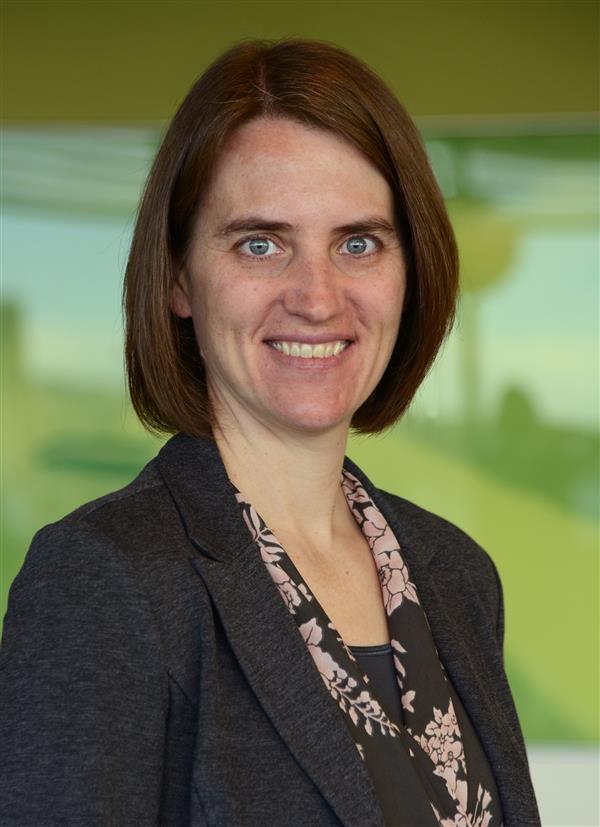
Jean Mulcahy Levy, MD
Pediatric neuro-oncologist
Center for Cancer and Blood Disorders
Children's Hospital Colorado
Associate professor
Pediatric Hematology/Oncology and Bone Marrow Transplantation
University of Colorado School of Medicine
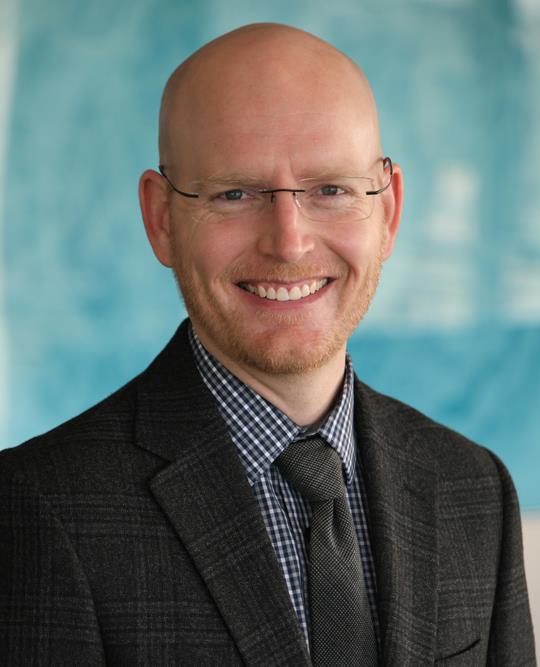
Nathan Dahl, MD
Pediatric hematologist-oncologist
Center for Cancer and Blood Disorders
Children’s Hospital Colorado
Assistant professor
Pediatrics-Hematology/Oncology and Bone Marrow Transplantation
University of Colorado School of Medicine
Sujatha Venkataraman, PhD
Associate research professor
Pediatrics-Hematology/Oncology and Bone Marrow Transplantation
University of Colorado School of Medicine





 720-777-0123
720-777-0123








